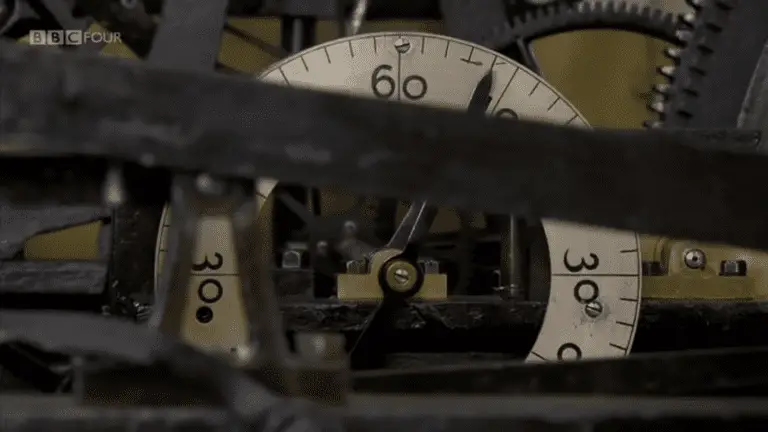Precision: The Measure of All Things – Heat, Light and Electricity – Episode 3/3
In the third and final episode of Precision: The Measure of All Things, we explore heat, light, and electricity. We learn about the different types of energy, and how scientists measure them.
We also discover how temperature, luminosity, and electrical current are used to make precise measurements in a variety of scientific fields.
The documentary begins by discussing the history of timekeeping and how it has evolved over the years. It starts with clockmaker Edward Dent’s attempt to build the largest and most accurate public clock in the world in 1852.
It took seven years to construct and was accurate to within one second an hour, which was a remarkable feat at that time. The documentary moves on to the present day, where we have clocks that lose one second in 138 million years, and plans for clocks that are accurate to within one second over the lifetime of the universe.
The documentary then asks why we feel the need to measure and quantify things and impose order on the world around us.
The answer lies in our human history, where successive civilizations have used measurement to help master the world around them. Measurement has taken us to the moon and split the atom, and it continues to fascinate us today.
The documentary explores the history of time and distance measurement, which were likely the first things people ever tried to measure.
Our ancestors would have first picked up on the patterns of the seasons, marking time as the leaves turned brown or the days got shorter. These practical observations helped them in their daily struggle to survive.
The documentary shows how one of the earliest attempts at measurement was discovered in southern France by four teenagers and their dog called Robot in 1940.
They uncovered a system of unexplored caves with some of the oldest cave paintings ever found, dating back 17,000 years. These paintings were evidence of man’s first attempt to measure time, using a system of dots to represent weeks and stars to mark the start of the year.
The animals in the paintings also had meaning, representing specific times of the year and cycles of nature.
The documentary moves on to the Mesopotamians and Egyptians, who started to tackle the problem of dividing up the day and measuring time more precisely. They took their inspiration from the sun and used devices such as sundials to measure the length of a day.
Overall, the documentary explores why we measure and the history of time and distance measurement, showing how it has evolved over the years to become more precise and accurate.
Subscribe to our newsletter
Get Access To Our Latest Documentaries Before Everyone Else



